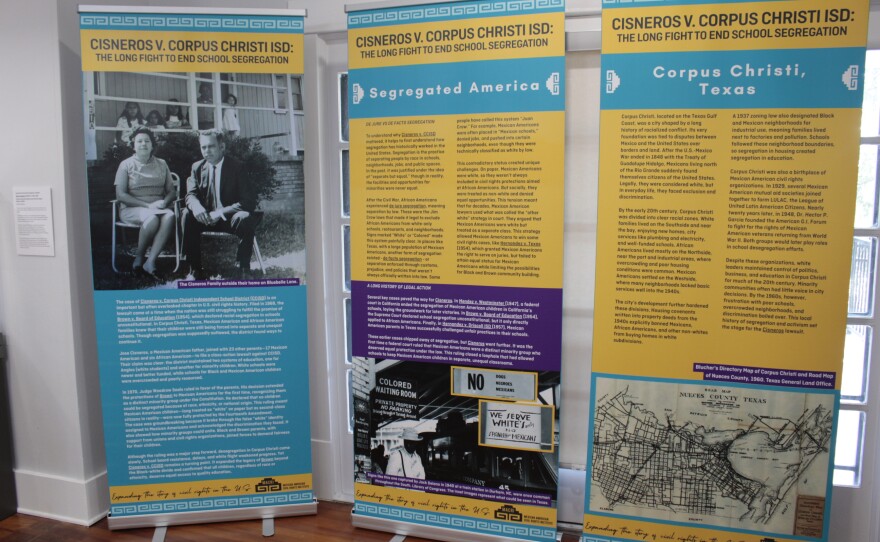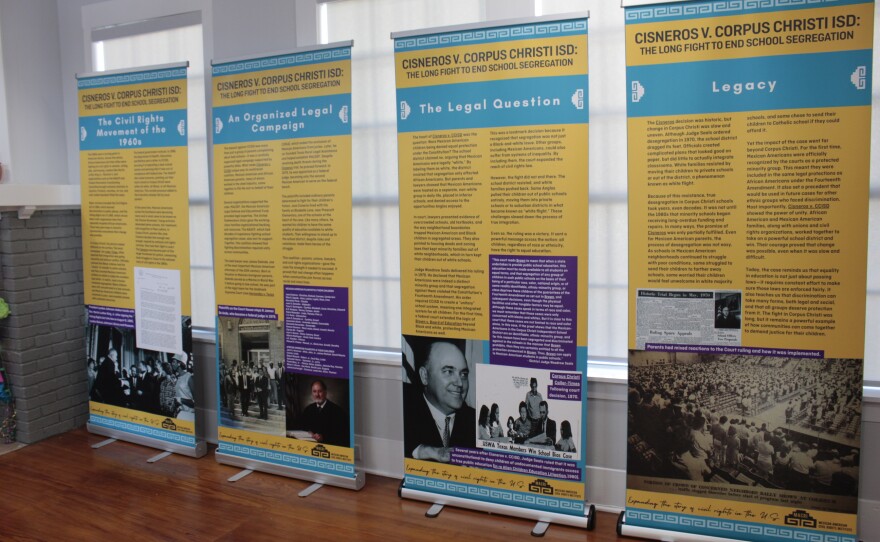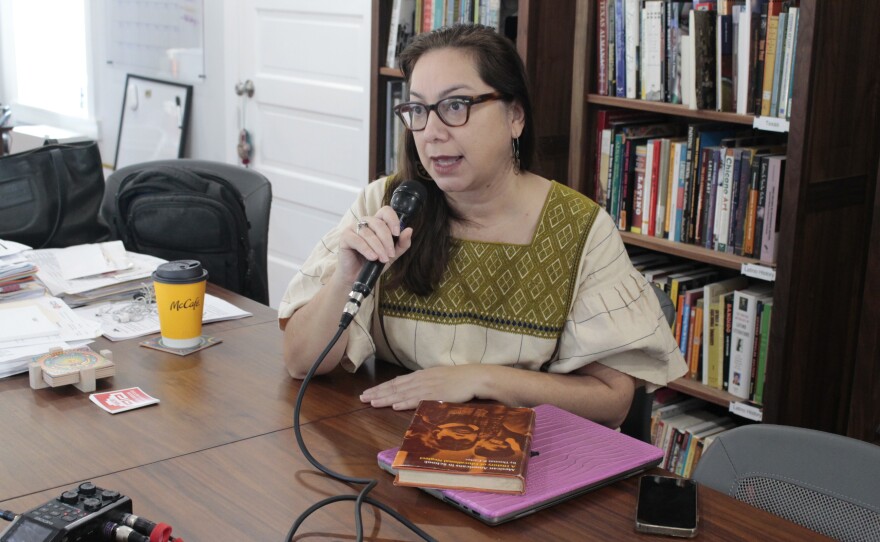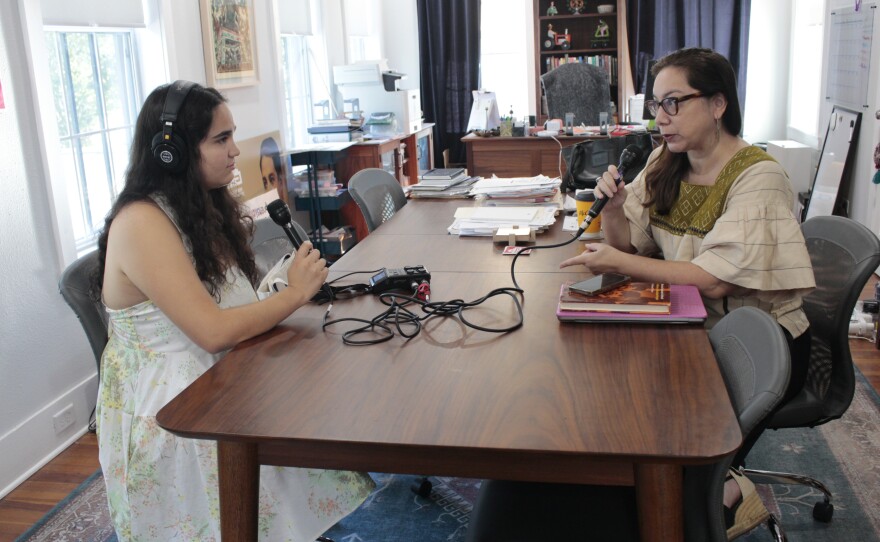The 1954 court case Brown versus Board of Education declared unconstitutional any state laws that allowed for racial segregation in public schools.
But school segregation didn’t cease following the landmark decision. Many school districts still found loopholes to these practices in classrooms, particularly in the case of Mexican American students.
The 1970 case Cisneros v. Corpus Christi ISD arose from a group of around two dozen parents whose children attended neglected, formerly all-Black schools that severely lacked the resources of their white counterparts.
A new traveling panel exhibit currently on display at the Mexican American Civil Rights Institute (MACRI) in San Antonio dives into all that came before and after the court case.
Texas Public Radio intern Ivanna Bass Caldera visited the exhibit and spoke with Sarah Zenaida Gould, MACRI’s executive director.
“What’s really fascinating about the case is that it was one of the first times that you see a coalition of African American and Mexican American parents working together,” Gould said.
Gould says the case, like many others that challenged desegregation in schools, is largely unknown by the public.
“For many Americans, we're aware that school segregation is part of our history, but we might think that it only impacted African American students,” said Gould. “In this exhibit, we tried to break down what is de jure segregation and what is de facto segregation.”
MACRI’s panel exhibit, Cisneros v. Corpus Christi ISD: The Long Fight to End School Segregation, will remain on display at the MACRI Visitor Center at 2123 Buena Vista in San Antonio through Nov. 26.










